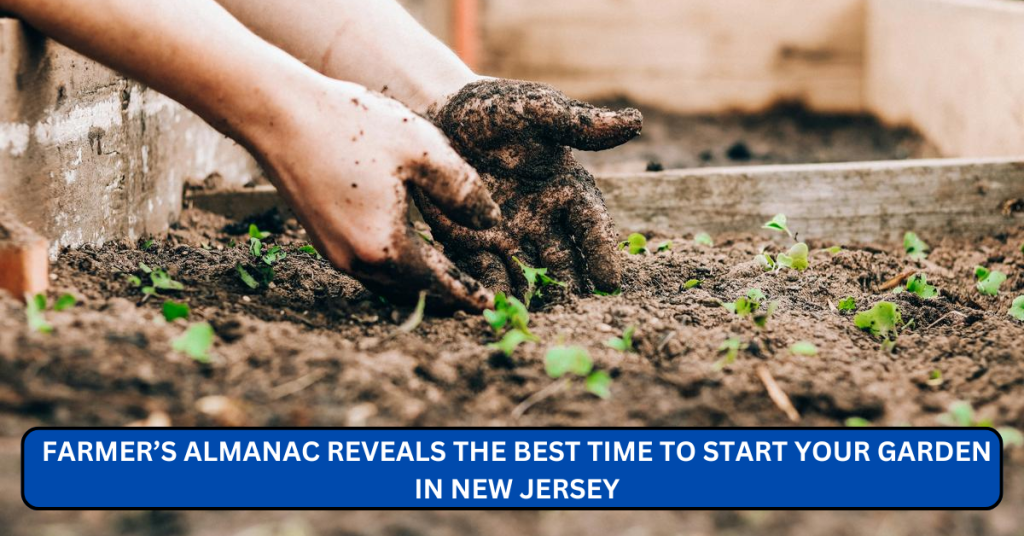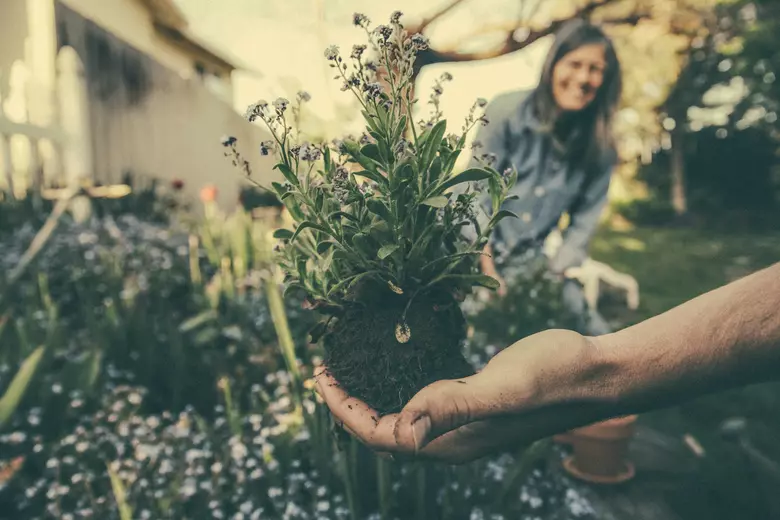
As spring approaches, gardeners across New Jersey are eager to get their hands dirty and prepare for a fruitful growing season. However, knowing the right time to start planting is crucial for a successful harvest. The Old Farmer’s Almanac, a trusted source for weather predictions and agricultural advice, has pinpointed the best planting times for New Jersey gardeners based on climate conditions, historical frost dates, and even lunar cycles.
Best Planting Dates for New Jersey
According to the Old Farmer’s Almanac, planting schedules in New Jersey vary depending on the crop and local climate. Gardeners can enter their zip code into the Almanac’s online tool to get customized planting dates.
For instance, the suggested planting periods for key crops are:
- Corn: May 5 – May 19
- Potatoes: March 15 – April 15
- Tomatoes: Start indoors in mid-March, transplant outdoors in late May
- Leafy Greens (Spinach, Lettuce, Kale): Plant outdoors in late March to early April
- Carrots and Beets: Early spring, from late March to mid-April
These recommendations help gardeners optimize their yields while avoiding frost damage.
Gardening by the Moon

In addition to climate-based scheduling, the Farmer’s Almanac Gardening by the Moon Calendar provides planting dates aligned with lunar phases. This traditional method suggests that root crops, such as carrots and radishes, should be planted on March 22-23, while vine crops, including cucumbers and pumpkins, should be planted on March 26-27.
New Jersey’s Spring Weather Outlook
Weather plays a crucial role in gardening success. The Almanac predicts that New Jersey will experience a warmer-than-usual spring, with increased rainfall in April but slightly drier conditions in May. These factors should be considered when planning planting schedules and irrigation needs.
The National Weather Service also provides regional forecasts that can help gardeners adjust their planting times based on real-time weather trends.
Soil Preparation and Frost Dates
The last frost date is another essential consideration when planning a garden. New Jersey’s average last frost date varies by region:
- North Jersey: Late April
- Central Jersey: Mid-April
- South Jersey: Early April
Gardeners should wait until after these dates to plant frost-sensitive crops like tomatoes and peppers. The USDA Plant Hardiness Zone Map provides further insight into regional climate trends.
To ensure healthy plant growth, preparing the soil is just as important as timing. The New Jersey Agricultural Experiment Station recommends testing soil pH and nutrient levels before planting. Adding compost and organic matter can improve soil fertility and drainage, leading to a more productive garden.
Essential Gardening Tips for New Jersey Growers

- Start Seeds Indoors: Some vegetables, like tomatoes and peppers, benefit from an early start indoors before being transplanted outdoors after the last frost.
- Use Raised Beds: In areas with heavy rainfall, raised beds help prevent waterlogging and improve root health.
- Practice Crop Rotation: Rotating crops each season prevents soil depletion and reduces the risk of pests and diseases.
- Monitor Pests and Diseases: Keep an eye out for common garden pests like aphids and caterpillars. The New Jersey Department of Agriculture provides resources for pest management.
- Conserve Water: With fluctuating rainfall, using mulch and drip irrigation can help retain soil moisture and reduce water usage.
Conclusion
New Jersey gardeners can look forward to a productive growing season by following the Farmer’s Almanac’s recommendations and local weather trends. By planning around frost dates, using the moon planting calendar, and preparing soil properly, gardeners can maximize their harvest and enjoy the benefits of homegrown produce.
For the most accurate and up-to-date planting guides, gardeners should refer to the Old Farmer’s Almanac and consult the New Jersey Agricultural Experiment Station for soil and pest management advice. Happy gardening!



